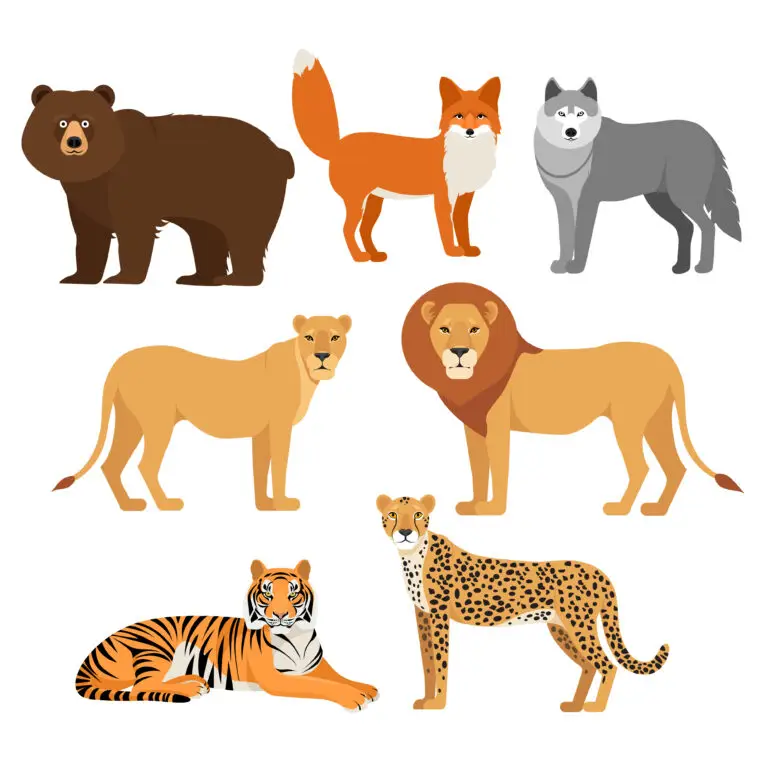Predator

Table of Contents
What is a Predator?
A predator is an organism that hunts, catches, kills, and consumes other organisms, known as prey, for sustenance. Predation is a fundamental ecological interaction that shapes the dynamics of ecosystems, influencing the abundance, distribution, and behavior of predator and prey populations.
Characteristics of Predators
Carnivorous Diet
Predators are typically carnivores, meaning they primarily consume other animals as a source of food. However, some predators may also include plant material in their diet (omnivores).
Hunting Behavior
Predators actively seek and capture their prey. This involves various hunting strategies, including ambush, pursuit, stalking, or cooperative hunting in social species.
Adaptations for Hunting
Predators often possess physical and behavioral adaptations that enhance their hunting efficiency. Examples include sharp claws, teeth, keen senses (such as sight or hearing), speed, and camouflage.
Predator-Prey Dynamics
The interaction between predators and prey influences population dynamics. The abundance of prey can affect predator populations, and vice versa. This dynamic relationship is a key factor in the regulation of ecosystems.
Population Control
Predators play a role in controlling the populations of prey species. By consuming prey, predators help prevent overpopulation, which could lead to resource depletion and negative impacts on the ecosystem.
Predator-Prey Adaptations
Predators and prey often exhibit a variety of adaptations in response to each other. Prey may develop mechanisms for escape, such as speed, camouflage, or defensive structures. Predators may evolve strategies to overcome prey defenses.
Examples of Predators
Predators exist in various ecosystems and include a wide range of organisms, such as:
- Terrestrial predators: Lions, wolves, eagles, spiders.
- Aquatic predators: Sharks, dolphins, penguins, otters.
- Aerial predators: Falcons, hawks, owls.
Predation Strategies
- Ambush Predation: Predators wait in concealment and surprise their prey.
- Pursuit Predation: Predators actively chase and capture their prey.
- Stalking: Predators approach their prey stealthily to get within striking distance.
- Cooperative Hunting: Some social species, like wolves or lions, hunt cooperatively to increase hunting success.
- Specialized Hunting Techniques: Certain predators have evolved specialized hunting techniques, such as the use of tools or the ability to employ traps.
Related Links
Carnivore
Niche
Omnivore
Trophic Level